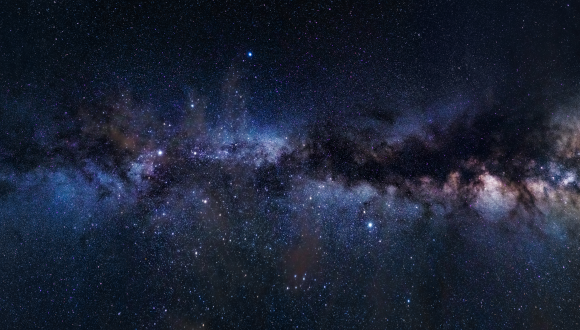TAU program will enable collaboration between the European Space Agency and NASA

Project to permit cross-checking of data between two major space agencies
Support this researchA Tel Aviv University program will liaise data produced by two spacecraft, one belonging to the European Space Agency (ESA) and the second to the American space agency (NASA), with the aim of crosschecking the data provided by the two flagship spacecraft owned by these agencies.
The collaboration will take place under the leadership of three researchers from TAU’s Faculty of Exact Sciences: Professor (Emeritus) Tsevi Mazeh, Professor Shay Zucker, and research student Aviad Panhi. The program will enable more accurate and more rapid location and detection of planets outside our solar system.
“This represents a tremendous international effort, in which we constitute the connecting link,” Professor Mazeh says. “I’m excited to see this cooperative undertaking materialize and produce results for the benefit of advancing space research.”
TESS, the research satellite belonging to NASA, is designed to discover extrasolar planets but cannot view the planets themselves. Instead, the satellite discovers planets that orbit distant suns by measuring the amount of light emitted by the suns over an extended period of time. The planets partly obscure the suns when they pass over the suns, causing a slight periodic reduction of the intensity of the light that reaches Earth.
In some cases, due to the quality of photography by the telescope on the craft, the reduction in light intensity measured by the craft is caused by changes in the intensity of light from neighboring stars and not by the presence of a planet. In order to verify the presence of a planet, additional observations from Earth are necessary, requiring time and resources. While TESS is searching for planets around other stars, the European Space Agency’s research satellite, Gaia, maps the structure of our galaxy, the Milky Way. It does this by measuring the distance and light intensity of more than a billion stars in unprecedented detail, but the rate of its photography is much lower than that of TESS.
The TAU research group has created a collaboration between the two leading space agencies in the world. The group has constructed a system to crosscheck the data received from Gaia, which has exceptional power of photographic resolution and is able to distinguish between the stars (suns) and the data on potential planets from TESS. Crosschecking the data enables quick exclusion of cases where neighboring suns instead of planets are involved.
This recently initiated collaboration has already resulted in the identification of stars whose diminution of light is caused by neighboring stars and not by planets, as well as the identification of stars that do indeed have planets orbiting them.
“This is a very exciting project,” Panhi says. “We have created a system that crosschecks the data coming from the two leading satellites in their fields, Gaia and TESS, each of which supplements the other to obtain a complete and accurate picture. We have already achieved considerable results. At the outset, I did not believe that we would succeed in getting the two space agencies to cooperate, but Professor Mazeh’s enthusiasm is contagious and led to our constructing the system even before the collaboration officially began. In the end, they, too, were swept up in his enthusiasm.”
“The capabilities and targets of Gaia and TESS differ, but they complement one another,” Professor Zucker notes. “We thought of combining the powers of the two satellites two years ago, and now, after great effort, this collaboration is seeing light. Our supreme goal is to advance science for the benefit of mankind. This is a very exciting and happy event and we are proud to be the connecting link that has made it possible.”